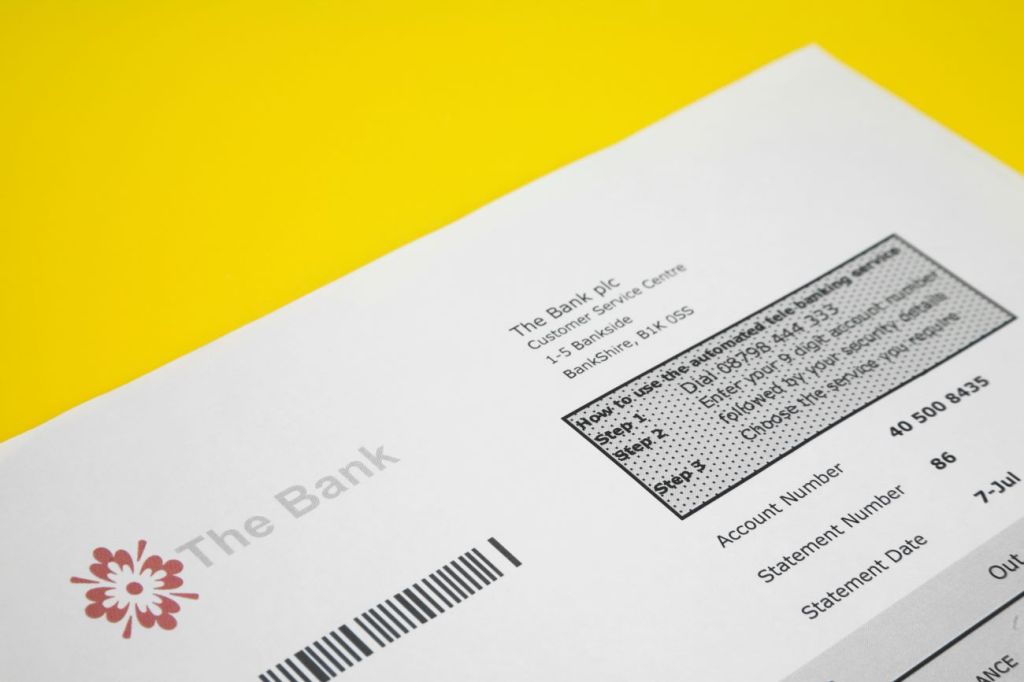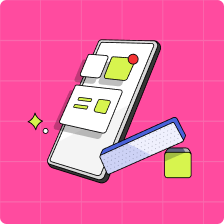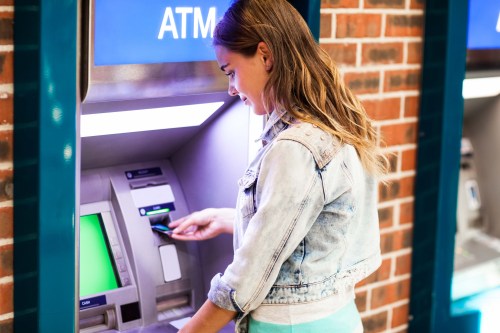In this smartphone-based world, it’s easy to check how much money you have in a bank account by tapping on an app. One thing your teens and tweens might not know is that banks also issue bank account statements for all accounts. These are useful snapshots of not just what’s in an account at that moment but all the things that have happened (a.k.a. “transactions”) in the account statement period.
We’ll explain what a bank statement is, the important banking terms teens need to know to be able to read them, and what bank statements are for. Let’s jump into it.
Key takeaways
- Understand bank statements is a great foundation for building practical money skills in teens.
- A bank statement shows all the activity that happened in an account over a period of time (usually a month) and includes personal information like your address.
- Bank statements can usually be downloaded via a bank app or online banking site—they’re sometimes sent in the mail but not as often these days.
- Checking bank account statements monthly helps you keep track of spending, financial goals, and possible errors.
What is a bank statement?
A bank statement shows the details of activity in a bank account over a set period of time, typically one month. Bank statements—also sometimes called account statements—are generally issued as electronic account statements that can be downloaded and viewed on a device like your smartphone or computer. They can also be sent in the mail as a paper document.
Usually, transactions—which means money coming in (deposits) and money going out (withdrawals)—are listed in chronological order.
Read more about how to open a bank account for a child.

What does a bank statement show?
The contents of a bank statement are pretty standard. The statement comes on the letterhead of your bank, which displays the bank’s name, address, and phone number and often also includes the bank’s logo. Formatting can vary, but this is typically what information is on a bank statement
Personal information
Your full name and home address (including postal code) will appear on the bank statement.
Account information
You’ll see your account number as well as the type of account it is. (Savings, chequing, and credit card accounts are the most common types).
Statement period
This means the period of time the bank statement covers, for example March 1 to March 31, 2023.
Beginning and end balance
How much money did your teen have in this account on the first day of the statement period, and how much did they have on the last day? These are the balances that will be on the statement, along with all the details of any activity in between.
Summary of transactions
Deposits and withdrawals—for example, a payroll deposit if your teen has a job or perhaps their allowance—and how much they amounted to will be listed by date in the order they occurred. Likewise, anything that was spent will be listed as a withdrawal—for instance, if your teen tapped their debit card to buy lunch or a new pair of jeans.
Usually this info is presented in columns; all details are listed by date and description, and the amount is noted in either the withdrawal or deposit column.
Fees
If the account has a monthly fee, you’ll see this on the bank statement. Another type of fee that would appear is an overdraft fee.
Your teen might ask, “What’s an overdraft?” (Good question!) It’s an important financial concept to understand. Let your kids know that if their account has overdraft protection and they spend more money or make a payment that’s higher than the amount that’s in the account, the transaction will go through but they’ll have to pay an overdraft fee (which is capped at $5 in Canada). If they don’t opt into overdraft protection—or if they exceed their overdraft limit—they’ll get an NSF (meaning “non-sufficient funds”), when the bank rejects the transaction and issues a much bigger fee.
While overdraft protection can help avoid embarrassing declined transactions, late-payment charges, and the sting of NSF fees, which range from $45 to $48 in Canada, your teen will not only have to pay the money back but they’ll have to pay interest on top of it, too. Consequently, using overdrafts probably isn’t the smartest strategy for money management for kids.
Interest
Savings accounts often earn interest, where the bank pays you for keeping your money at their institution. How much you’ll see depends on how much money you have in the account and the interest rate of the account.
Read more about the most important banking terms and definitions for kids.
How can teens get a bank statement?
Bank statements don’t always get sent out automatically, which can lead you and your teen to think: Hey, wait a minute—how can we actually see our bank statements?
Back in the day, bank account statements were either sent by mail or updated IRL at the bank in a small passbook, either at a bank machine or by a bank teller. (Some people still get their statements in the mail, but there can be a small fee—which can be about $2 per statement—to access this service.)
Today, bank statements are just a click away with your online banking site or app. Your teen can log on to the app or site, look for a menu or a tab that says “Statements” (or sometimes “Documents”). From there, they can download their bank statements to their device. Easy as pie! Bank statements are often saved as PDF files.

Why is it important for teens to understand bank statements?
For most teens, scanning the columns of a bank statement won’t be as appealing as scrolling through TikTok, but it’s important to review account statements. In fact, the government of Canada suggests that everyone check them monthly. Here’s why:
They can help you keep track of spending
It’s so easy to tap to pay for something using debit that teens (and adults!) can easily lose track of what they’re spending their money on. Checking their account regularly will help your teen see patterns in their spending and keep track of what’s coming in and what’s going out.
They can help you plan a budget
A bank statement can give your kid a really good snapshot of what they’re spending, how much they’re saving, and whether those savings align with their goals. It will also help them project how much time they need to save for pricey purchases, like big-ticket items or travel. Tip: Our savings goal calculator does the math for you!
Read more about how teenagers can create a budget.
They can help you check for errors/fraud
You’ll often hear people talk about “reconciling a bank statement.” That simply means checking it for discrepancies, mistakes, or even fraud. That might look like getting charged for a gym membership your teen cancelled six months ago or not getting the right amount credited back after they returned a purchase. They won’t know about these things unless they reconcile.
Fraud can happen in the form of unauthorized transactions, too. Maybe someone bought gas in a city far away (in which case contact your bank immediately to let them know and ask about next steps). No one else is going to comb through your teen’s bank statements, so teaching them to check for oddball transactions will help build a good habit.
Is anyone ever going to ask to see your bank statements?
In some cases, your teen’s bank statement can be used as personal identification to prove their address, like when they’re applying for a library card.
Generally speaking, though, they won’t need to show anyone their bank statements unless they need to prove their income, for instance, when applying for a loan or renting their first apartment. Because they contain so much personal information, it’s best to keep bank statements safe and not share them with anyone. Teach your teen good practices for keeping their banking info secure. They should know that they should never use public wifi or computers to check banking information, never show anything banking-related on social media, keep all passwords private, and change their passwords regularly.
Knowing how to read a bank statement is an essential skill for kids and teens. It will help them understand how much money they have, where they are spending, and even how to pinpoint and reconcile mistakes that might crop up. All the better if they get into the habit of reading their statement monthly: It’s a practical money skill they’ll be thankful for when they’re all grown up.
You can help your kids plan and understand how to spend and save: Download Mydoh to help build the foundation of financial literacy for your kids and teenagers.
This article offers general information only and is not intended as legal, financial or other professional advice. A professional advisor should be consulted regarding your specific situation. While the information presented is believed to be factual and current, its accuracy is not guaranteed and it should not be regarded as a complete analysis of the subjects discussed. All expressions of opinion reflect the judgment of the author(s) as of the date of publication and are subject to change. No endorsement of any third parties or their advice, opinions, information, products or services is expressly given or implied by Royal Bank of Canada or its affiliates.






















